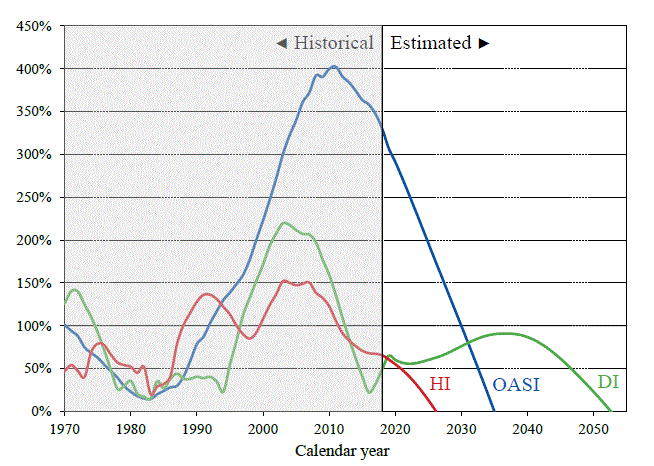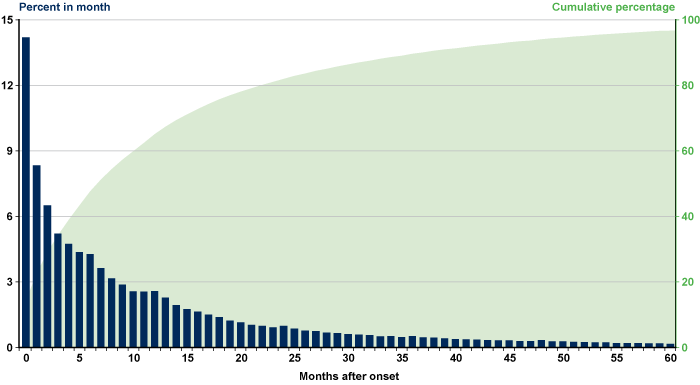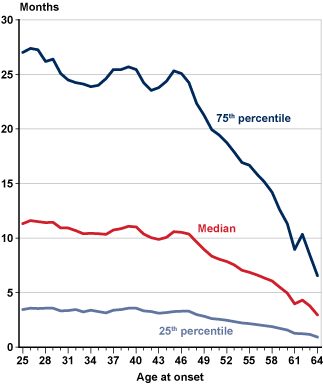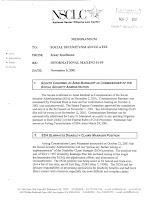The Social Security Administration, along with the Departments of Education, Labor and Health and Human Services have worked together to create a plan to help young people receiving Supplemental Security Income improve their lives and, more to the point, move off government benefits. This plan, called PROMISE for Promoting Readiness of Minors in SSI, was tested in six states. PROMISE has the following components:
- Formal partnerships between state agencies that provide the following services: vocational rehabilitation (VR) services, special education and related services, workforce development services, Medicaid services, income assistance from Temporary Assistance for Needy Families, and services provided by federally funded state developmental disability and mental health services programs
- Case management to ensure that PROMISE services would be appropriately planned and coordinated, help participants navigate the broader service delivery system, and help with transition planning for post-school goals and services
- Benefits counseling and financial education for youth and their families on SSA work incentives, eligibility requirements of various programs, rules governing earnings and assets, and topics promoting families’ financial stability
- Career and work-based learning experiences, including paid and unpaid work experiences in an integrated setting while they were in high school
- Parent training and information in two areas: (1) the parents’ or guardians’ role in supporting and advocating for their youth to help them achieve their education and employment goals, and (2) resources for improving the education and employment outcomes of the parents or guardians and the economic self-sufficiency. ...
Our old friend, the beltway bandit, Mathematica Policy Research, has done an
evaluation of PROMISE. The bottom line is that PROMISE is quite unpromising. As the report says, "By 18 months after enrollment, none of the programs had a desirable impact on youth’s self-determination and expectations or youth’s reliance on Medicaid, nor on parents’ total income."
This sort of research is not harmless. This study cost $230 million. That money could have been better spent preventing further degradation of service at Social Security.
Can we just give up on the illusion that there's some crafty scheme that will put disabled people to work? We've tried these schemes for more than 50 years, often at great expense, and they never work. Never.




















